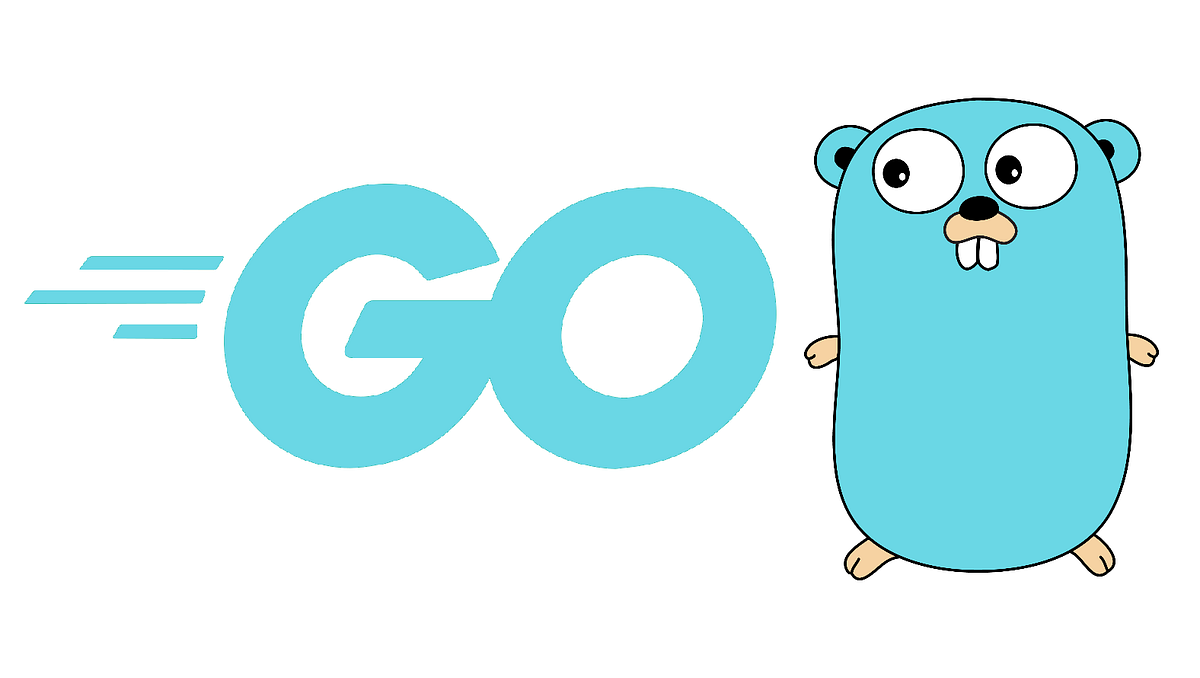Welcome to "Go from Zero to Hero: A Beginner's Guide to Golang"! In this tutorial, you will learn the fundamentals of the Go programming language, also known as Golang. By the end of this tutorial, you will have a solid foundation in Go and be able to start building your own programs.
Before diving into Go, let's first understand what it is and why it is a popular choice for developers. Go is a general-purpose, statically-typed, compiled programming language developed by Google. It is designed to be simple, efficient, and easy to read. Go is known for its concurrency support, which makes it a great choice for building scalable, high-performance systems. It is also a popular choice for web development, data analysis, and machine learning.
Now that you have a basic understanding of Go, let's start learning the language. Go has a simple syntax, similar to C, which makes it easy to learn for those who are already familiar with C-style languages. Here are some basic concepts that you will need to know to get started with Go:
- Variables: Variables are used to store and manipulate data in Go. You can declare a variable in Go using the var keyword, followed by the name of the variable and its type.
- Types: Go is a statically-typed language, which means that every variable has a specific type. Some common types in Go include int, float64, and string.
- Control structures: Go has the usual control structures that you would expect in a programming language, such as if statements, for loops, and switch statements.
- Functions: Functions are blocks of code that can be called by name. You can define a function in Go using the func keyword, followed by the name of the function and its parameters.
- Arrays and slices: Go has two types of collections: arrays and slices. Arrays are fixed-size collections, whereas slices are dynamic and can grow or shrink as needed.
- Maps: Maps are used to store key-value pairs in Go. They are often used as dictionaries or hash tables.
- Structs: Structs are used to define custom types in Go. They allow you to group together related data and access it using dot notation.
These are just a few of the basic concepts that you will need to know to get started with Go. As you continue learning, you will encounter more advanced topics such as pointers, interfaces, and concurrency. With time and practice, you will become a proficient Go programmer and be able to build your own programs from scratch.
I hope this tutorial has been helpful and has given you a good foundation in Go programming. Happy coding!


